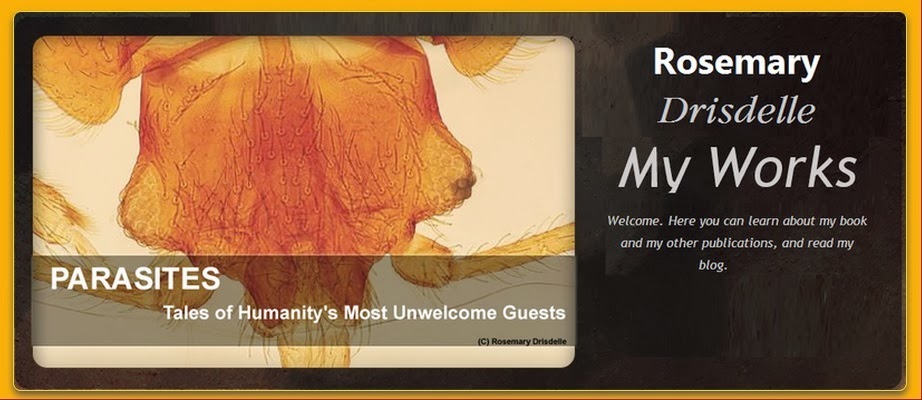[caption id="attachment_145" align="alignleft" width="300" caption="Cochliomyia hominivorax; COMEXA (Public Domain, Wikimedia Commons)"]
 [/caption]
[/caption]But now the countries of South America are banding together to eradicate it there, presumably the place where it evolved. Could there be any negative consequences of deliberately exterminating this nasty fly? The Mexican American Commission for the Eradication of Screw-Worm (COMEXA) believes that, to date, in the eradication zones, “there has been no evidence of any impact at all on biodiversity, perhaps because a multitude of fly species occupy the same biological niche” (qtd. in Godoy).
There’s no fly like the screwworm fly for causing mortality among livestock and other animals. The insect must play a role in controlling populations of wild animals. Granted, human livestock rearing has been a bonanza for C. hominivorax, but once upon a time it must have been an important part of the balance of nature in its home territory. Is it possible that eradicating it to extinction will have NO impact on biodiversity?
People who investigate the environmental impact of screwworm eradication invariably see many positive effects. I suspect the question of negative impact is one that no one wants to examine very closely. In an era where we’re just beginning to understand how nature balances itself, I hope that doesn’t come back to haunt us.
Godoy, Emilio, and Raúl Pierri. 2010. “Latin America: Radioactive Attack on Flesh-Eating Screw-Worm.” Inter Press Service
Vargas-Terán, M., H. C. Hofmann, and N. E. Tweddle. 2005 “Impact of Screwworm Eradication Programmes using the Sterile Insect Technique.” In: V.A. Dyck, J. Hendrichs and A.S. Robinson (eds.), Sterile Insect Technique. Principles and Practice in Area-Wide Integrated Pest Management, Netherlands: Springer.

Well, that's interesting! I appreciate to read such things!
ReplyDelete